How To Use Pinterest For Ecommerce via @sejournal, @atuljindal01
Pinterest bursts with potential. Learn how to approach the unique platform to boost your ecommerce sales. The post How To Use Pinterest For Ecommerce appeared first on Search Engine Journal.

Pinterest is one of the least popular, most underused social media platforms for brand marketing.
However, the lack of popularity is not due to the lack of potential.
Pinterest, when used right, can add immense value to ecommerce brand success.
Pinterest bursts with potential, but it also has its own playbook. It is different than other social platforms, and requires a unique approach to win.
From investing in Pinterest ads to building a consistent posting schedule, in this article, you’ll find some best practices and tips on building successful Pinterest marketing campaigns.
But before we get to that, let’s first talk about whether Pinterest is good for ecommerce.
Is Pinterest Good For Ecommerce?
“Don’t spread yourself too thin!”
This is a popular piece of advice people give to ecommerce brands starting social media marketing. And it is valuable advice.
So, is it worth going into Pinterest if you already have a Facebook, Instagram, or TikTok account?
Yes, in most cases.
Pinterest has immense shopping potential, perhaps more so than all the other social media platforms.
The platform offers fluff-free, simple suggestions. This is why Pinterest is the go-to place for customers looking for new brands or product inspirations.
80% of weekly Pinterest users have discovered a new brand or product via Pinterest.
55% of Pinterest users get on the app specifically to search for products.
More importantly, Pinterest shoppers have 85% bigger baskets than shoppers on other platforms.
All of these statistics hint at one thing, and one thing only.
Pinterest is not just good for ecommerce. It is absolutely unmissable for any ecommerce brand looking to engage its audience.
A European DIY, gardening, and furniture marketplace brand, convinced of the value Pinterest offers for an ecommerce brand, jumped on the platform and tried engaging an audience from a new market using the platform’s ad products.
Their customer outreach efforts garnered 6.6 million impressions and led to a 7.9% lift in sales.
Why Use Pinterest For Ecommerce?
Besides being good for ecommerce, many other factors make Pinterest the ultimate marketing platform for brands looking to drive ecommerce growth.
Here’s why:
Pinterest Allows Omnichannel Marketing
The modern customer’s buying journey is more complex than ever.
This is why you need to multiply your customer touchpoints and be where your audience is to increase the chances of winning them as customers.
An omnichannel marketing strategy helps with that – and Pinterest helps run an omnichannel campaign.
Pinterest is home to a unique audience, using the app with a fixed goal in mind.
Marketing on Pinterest takes your brand to this audience through a content format they love the most – engaging visuals. This helps prospects remember brands and eventually shop from them when needed.
Image Search Capabilities
The rise of visual search has increased the importance of Pinterest for ecommerce.
30% of U.S. adults (34 and younger) have used visual search for shopping as of August 2022.
The Pinterest mobile app has the Pinterest Lens feature, which users can use for visual searches. This is similar to Google Lens, but Pinterest has a more extensive image database, generating better results.
Marketing on Pinterest helps you jump on the rising visual search trend before everyone else, enabling you to gain an edge over the competitors.
An Ecosystem Built To Support Brands
Pinterest has invested heavily in building an ecommerce-friendly ecosystem.
It gives verified sellers a verified merchant tag, reinforcing the brand’s credibility.
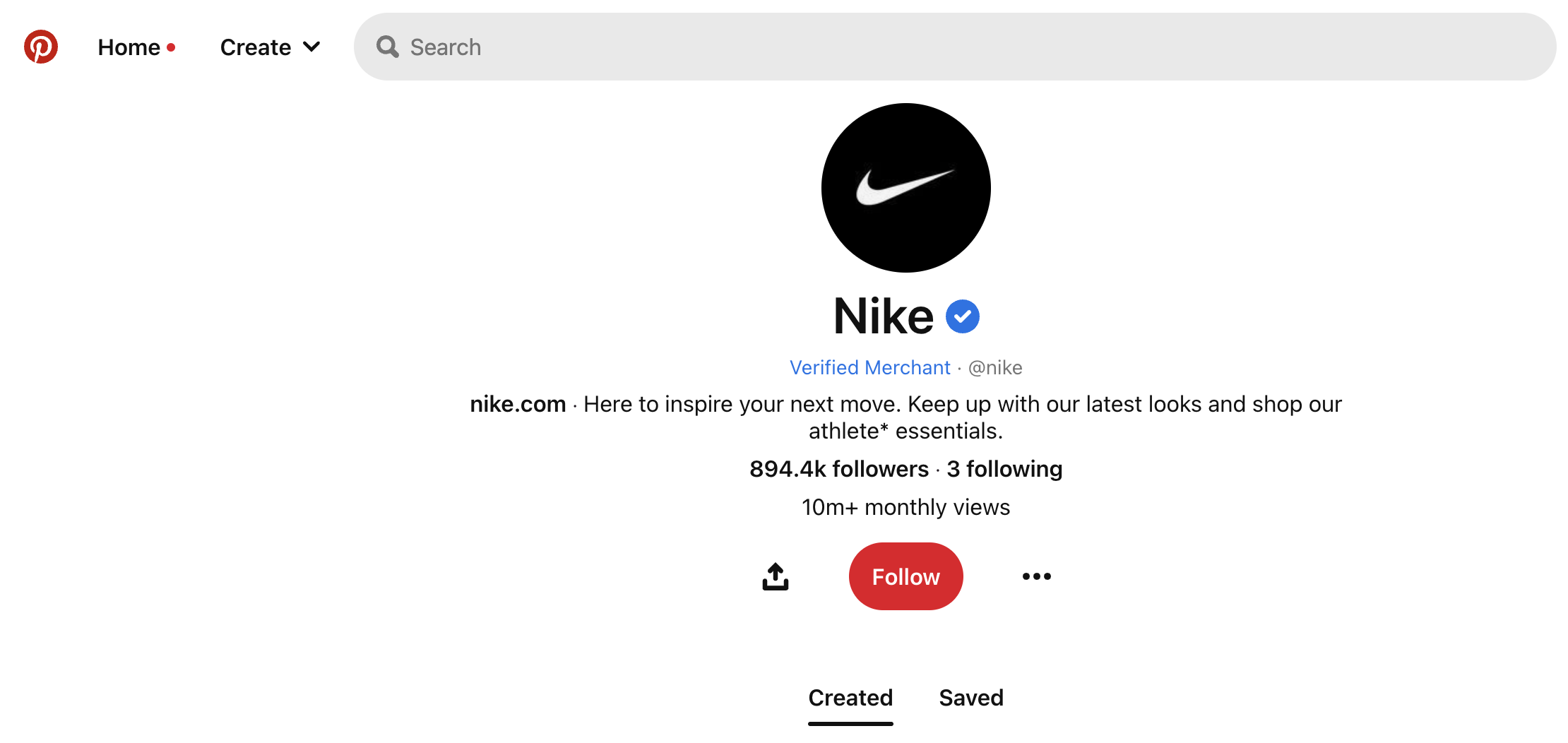 Screenshot from Pinterest, January 2023
Screenshot from Pinterest, January 2023
The platform also has excellent ad products that can help brands maximize their reach and get closer to their goals.
Advanced Pinterest Analytics help you track your efforts and optimize them for better results.
Lately, Pinterest has also been experimenting with an in-app checkout feature that will let the buyers complete their purchase without leaving the app.
These features combine to make Pinterest a healthy home for ecommerce growth.
A Conversion-Focused Audience
89% of weekly Pinners use Pinterest for inspiration in their path to purchase. This is perhaps why Pinners are 7x more likely to buy things they’ve saved.
Marketing on Pinterest effectively helps you reach these conversion-ready shoppers and get them tumbling through your sales funnel.
Pinterest Ecommerce Strategy
Now that we have you all riled up about Pinterest and its ecommerce potential, let’s help you set up a Pinterest marketing campaign with some proven best practices:
Start With Creating A Business Account
First things first, you will need a Pinterest business account to start marketing on the platform, which is pretty easy to create.
A Pinterest business account gives you access to the platform’s merchant tools, like Pinterest Analytics and ads.
Make sure to include complete business information within your profile: your business name, logo, and website address.
You can only connect to one website on Pinterest. Preferably, choose the one you make sales on.
Identify Your Pinterest Goals
As with any marketing strategy, your Pinterest strategy will be defined by a set of goals.
Think: what is it that you want to achieve through Pinterest? Increased brand awareness? More sales?
Once you have identified your goals, it will become easier for you to define your content strategy and start pinning.
Create Outstanding Pins
Success on Pinterest – or any social platform, for that matter – comes from attention.
Unlike other social platforms, Pinterest is crowded with visuals. Therefore, it may be tougher to stand out with less-than-outstanding Pins.
Create aesthetically pleasing, on-brand Pins with eye-catching colors to help them stand out from the ever-growing Pinterest crowd.
When creating image Pins, stick to vertical images with a 2:3 aspect ratio to make sure your Pins appear high quality and look complete.
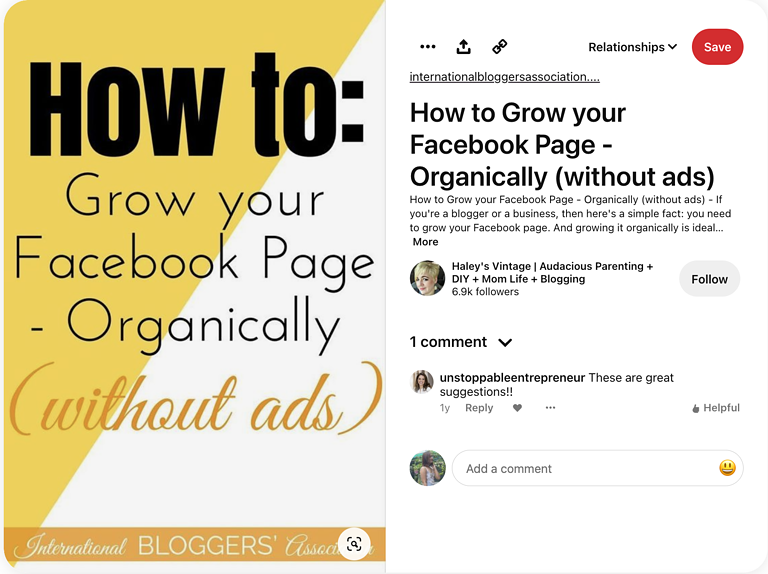 Screenshot from Pinterest, January 2023
Screenshot from Pinterest, January 2023
Consider linking the pin to a landing page to drive traffic to your ecommerce store. Make sure the landing page content aligns with what’s featured on the pin to drive user satisfaction.
Write power titles and descriptions for your Pins. Pinterest allows 100 characters for titles, and 500 characters for descriptions. Use this space to create eye-catching and optimized titles and descriptions that drive clicks and engagement.
Try to include bullets as you write descriptions to increase the digestibility of the content. No one likes reading blocks of text, especially when they are scrolling Pinterest.
Make video Pins as well to engage your audience and keep your feed from looking monotonous.
When creating a video Pin, start with a powerful hook that captures and holds the attention and includes closed captions for people viewing on mute.
 Screenshot from Pinterest, January 2023
Screenshot from Pinterest, January 2023
The ideal length for organic videos is between 15 seconds to a minute, and 6 to 15 seconds for ads, according to Pinterest. Keep your videos within these ranges.
Video creatives matter as well. Eye-catching video creatives can go a long way. Cadbury generated 134% higher engagement rates while attempting to drive brand awareness for its new products, all through dazzling video creatives.
Pick a strong cover image for your video Pin that tells the viewers what the video is about.
Finally, don’t forget to use Idea Pins.
Idea Pins are like Pinterest stories. Pinterest calls them multi-stage canvases. Idea Pins are a great way to engage your audience and share ideas in a compelling manner.
 Screeshot from Pinterest Newsroom, January 2023
Screeshot from Pinterest Newsroom, January 2023
Build Organized Boards
As you start pinning, it is crucial to stay organized.
Sort your content out in well-defined boards.
You can create individual boards for all your product categories. For example, if you sell clothes, you can create separate boards for men, women, summer dresses, formal wear, etc.
Check out how Allrecipes has organized all their recipes into well-defined boards:
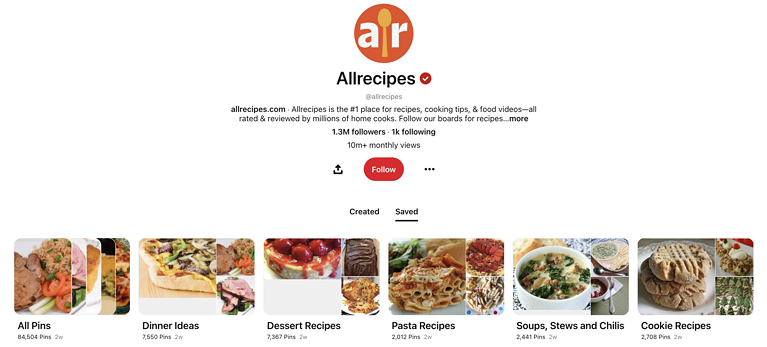 Screenshot from Pinterest, January 2023
Screenshot from Pinterest, January 2023
Optimize Your Pins For SEO
Pinterest gets, and drives, massive traffic. In May 2022, around 945 million visits were reported to Pinterest.com.
The tremendous traffic that Pinterest is getting not only highlights exposure opportunities but also underscores its capabilities of multiplying your ecommerce store traffic.
But first, you will need to gain visibility on the platform. And for that, you will need SEO.
Pinterest SEO is pretty simple. Find out the relevant keywords. You can do this using Pinterest’s guided search, Google AdWords, or Pinterest Ad targeting.
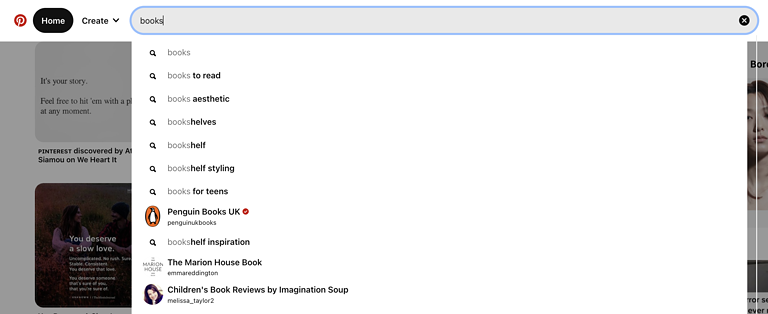 Screenshot from Pinterest, January 2023
Screenshot from Pinterest, January 2023
You can also pick up good keywords by searching for relevant products or themes on Pinterest and looking at how the platform has categorized and subcategorized the Pins.
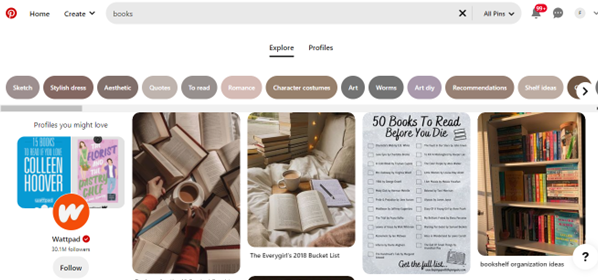 Screenshot from Pinterest, January 2023
Screenshot from Pinterest, January 2023
Looking at the competitors’ Pins may also help uncover some great keywords.
Use these keywords in your Pin titles and descriptions and board titles and descriptions to increase relevance with the users’ searches.
Besides relevance, engagement is also said to drive visibility. So, try to build engagement for increased exposure.
Stay Consistent With Publishing
As cliche as it sounds, consistency is the key to Pinterest’s success.
Build a pinning schedule and stick to it.
Brands have seen their traffic spike after increasing their pinning frequency.
There’s no magic number that you need to hit. Start with as many Pins as you can manage without compromising the quality, and gradually build your way up.
Just make sure not to post too little content. You may lose your prospects to competitors. And don’t post too frequently so as to overwhelm your audience.
Strike a nice balance.
Keep Alternating Your Content
Your users might get bored of your feed if it is filled with the same kind of content. Keep things interesting by mixing up your posts.
Share informative content like blogs, infographics, guides, product-related posts, and videos.
Invest In Pinterest Ads
If you want to kick-start your Pinterest journey, consider investing in Pinterest ads.
The platform offers a powerful advertising system. Pinterest ads are 2.3x more cost-efficient and generate 2x higher return on ad spend (ROAS) for retail brands than other social media.
You also have access to a wide variety of ad formats that you can choose from.
Pinterest also offers extensive ad targeting capabilities to help you reach your audience in the best possible ways.
Track Pinterest Analytics
Pinterest offers a platform native analytics tool – Pinterest Analytics – to help brands measure their marketing efforts against their goals.
This tool offers all the metrics you need to gain insight into your campaign performance, like referral traffic, leads generated, engagement, etc. Use these metrics to determine the efficacy of your campaigns and guide your future marketing efforts.
Tips For Successful Pinterest Marketing
The best practices in the previous section are good enough to help you set off your Pinterest journey. But here are some additional tips to further fine-tune your campaigns:
Ensure Consistent Branding
Customers shop with brands they trust – and nothing builds trust like consistent branding.
This may be why consistent branding is said to increase revenue by 33%.
Ensure your Pinterest profile is consistent with the branding across all other social platforms.
Stay Current With Trends
Pinterest, like all social media, is big on trends and rewards brands that stick to what’s trending.
Find out what’s trending on the platform at any given time. If it fits your brand, jump on the trend to demonstrate relevance and maximize exposure.
Use Rich Pins
Rich Pins pull information from your website so your users can find out all they need to know about what you are featuring in your Pins.
Use Rich Pins to drive user engagement and satisfaction. There are three different types of Rich Pins.
Use the ones that are most relevant to your brand.
Follow And Engage With Other Accounts
You need to build your community to get engagement on Pinterest. And for that, you will have to invest some time engaging with other relevant accounts on the platform.
Like, comment, and re-pin posts from various accounts to engage with others on the platform and increase your own engagement.
Final Words
Pinterest is an underused goldmine of ecommerce success.
Leverage its potential by creating outstanding Pins and sharing them through your business accounts.
Make sure your content aligns with your audience’s preferences and goes out regularly and frequently to stay on top of your customer’s minds.
Track your Pinterest analytics and use your findings to optimize your Pinterest marketing strategy for continued growth.
More resources:
9 Ecommerce Content Examples To Inspire Your Marketing Campaigns 7 Crucial Ecommerce Metrics You Should Be Tracking Right Now Ecommerce Marketing: The Definitive GuideFeatured Image: Kaspars Grinvalds/Shutterstock

 UsenB
UsenB 











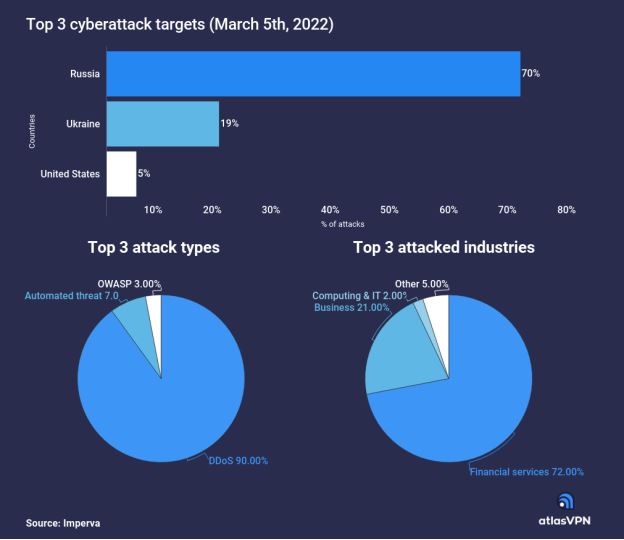
![A Complex Art: Marketing to the Different Funnel Stages [Podcast]](https://cdn.searchenginejournal.com/wp-content/uploads/2021/03/funnel-sej-603d692871529.png)

















